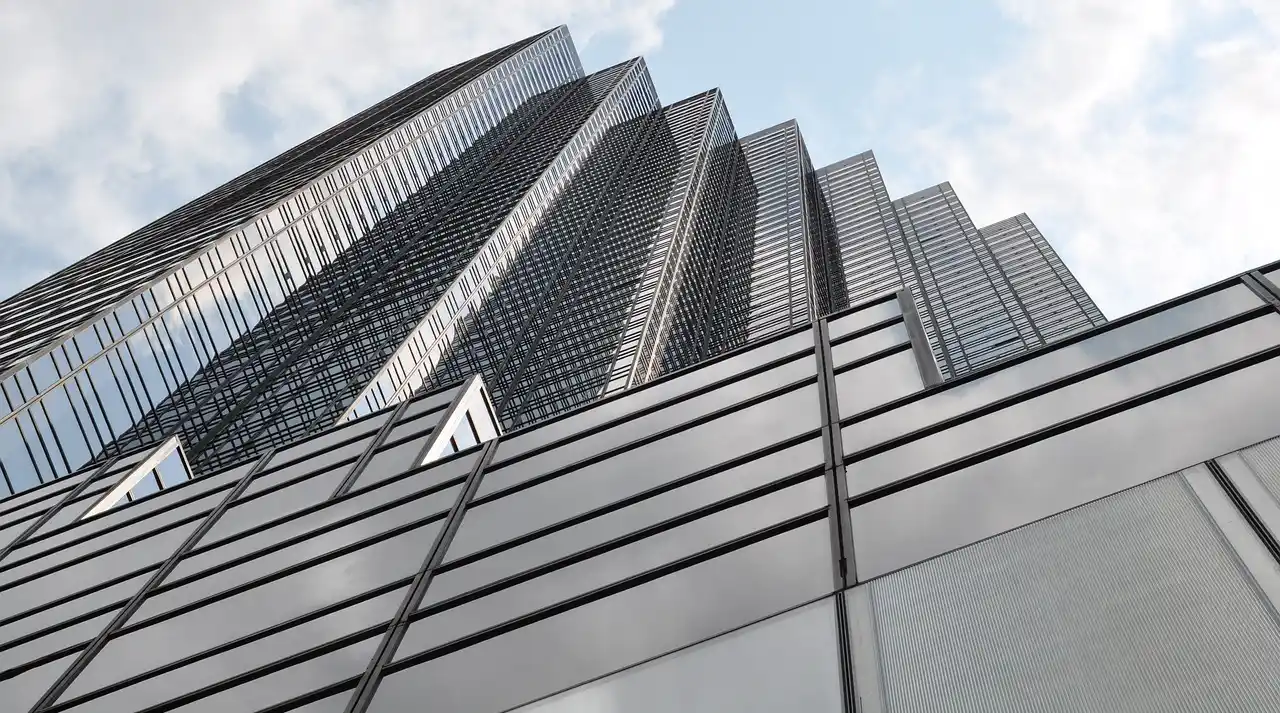The clock is approaching midnight when it comes to borrowers wanting to fix their mortgage rates with the period of ultra-low long-term rates set to come to and sooner rather than later.
There’s been a 50 per cent rise in the proportion of fixed-rate housing credit over the last year after the Reserve Bank eased monetary policy at the onset of the coronavirus.
Despite this the Reserve Bank says it expects short-term and variable rates to remain low while inflation remains sluggish, probably until 2024 at least.
Jarden chief economist Carlos Cacho said fixed rate mortgages below 2 per cent for 4-5 years have all but gone.
“The time of ultra-low fixed rates is coming to an end, with the last of four and five-year fixed rates below 2 per cent gone, and the completion of the TFF likely to see sub-2 per cent three-year rates disappear in coming months,” he told Australian Financial Review.
Fixed-rate mortgages make up around 30 per cent of outstanding home lending in May which is up from around 20 per cent recorded in March last year.
“Fixed housing rates have declined by more than variable rates since the start of the pandemic in response to the bank’s policy measures – so much so that there’s been a noticeable increase in the share of new household loans at fixed rates,” RBA assistant governor Christopher Kent said this week.
“The volume of loans fixed for three to four years has grown rapidly, albeit from a low base. As a result, a number of Australian households have locked in low rates on their mortgages for some years.”



